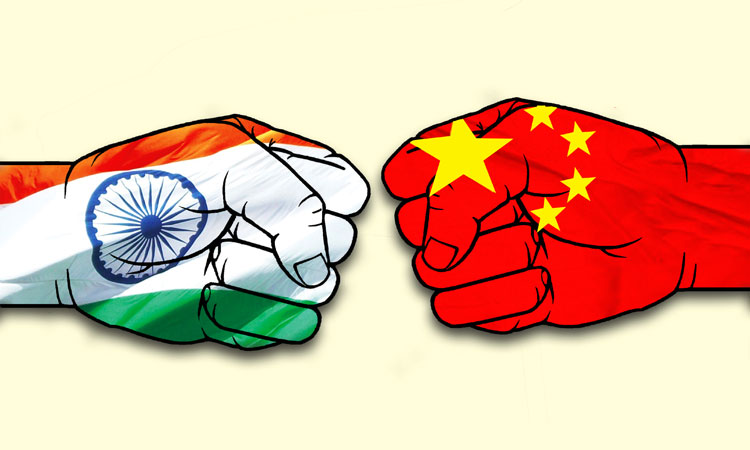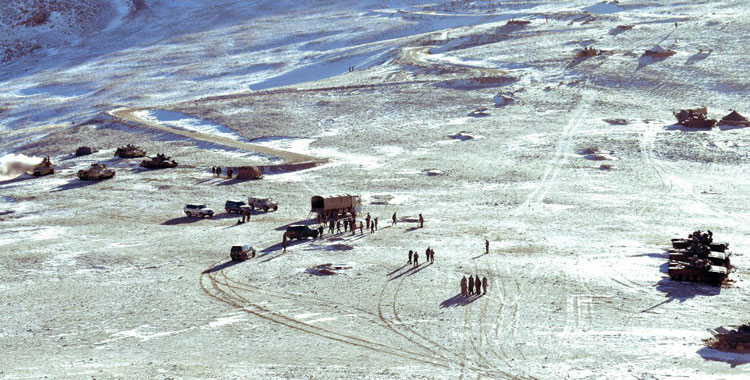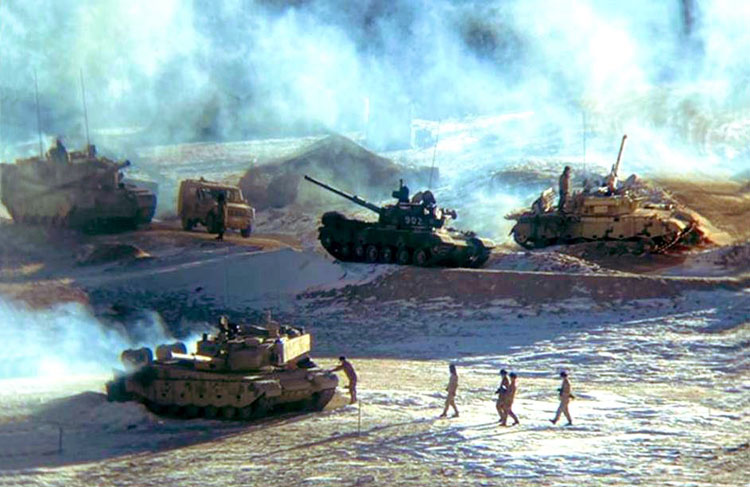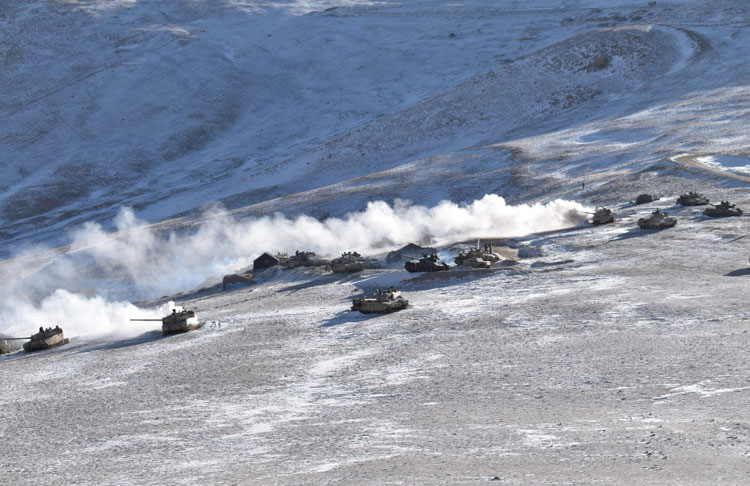INDIAN ARMED FORCES CHIEFS ON
OUR RELENTLESS AND FOCUSED PUBLISHING EFFORTS

SP Guide Publications puts forth a well compiled articulation of issues, pursuits and accomplishments of the Indian Army, over the years

I am confident that SP Guide Publications would continue to inform, inspire and influence.

My compliments to SP Guide Publications for informative and credible reportage on contemporary aerospace issues over the past six decades.
11th India-China Military Talks
Unlike the last few rounds of talks, there was no India-China joint statement. This is maybe because China is not for anymore disengagement.
 |
The Author is Former Director General of Information Systems and A Special Forces Veteran, Indian Army |

The 11th India-China military talks amid the standoff in Eastern Ladakh were held on April 9. The discussion which went on for some 13 hours was reportedly about the friction areas at Hot Springs, Gogra Post and Depsang Plains. The Ministry of Defence (MoD) issued a statement next day that read, “The 11th round India-China Corps Commander Level Meeting was held at Chushul-Moldo border meeting point on April 09, 2021. The two sided had a detailed exchange of views for the resolution of the remaining issues related to disengagement along the LAC in Eastern Ladakh. The two sides agreed on the need to resolve the outstanding issues in an expeditious manner in accordance with the existing agreement and protocols. In this context it was also highlighted that completion of disengagement in other areas would pave the way for two sides to consider de-escalation of forces and ensure full restoration of peace and tranquility and enable progress in bilateral relations. The two sides agreed that it was important to take guidance from the consensus of their leaders, confine their communication and dialogue and work towards a mutually acceptable resolution of the remaining issues at the earliest. They also agreed to jointly maintain stability on the ground, avoid any new incidents and jointly maintain peace in the border areas.”
China says the onus of disengagement is on India now
Unlike the last few rounds of talks, there was no India-China joint statement. This is because China is not for anymore disengagement though we do not want to admit it. The above statement though issued by the MoD bears the hallmark of diplomats – plenty of jargon with little substance while China has continued to brand India as the aggressor from day one of its 2020 aggression in Eastern Ladakh. Ironically, not only have the various accords with China been handled by our diplomats and broken by Beijing; the Ministry of External Affairs (MEA) has been ‘managing’ the Line of Actual Control (LAC) all these years, ruling over the MoD, which has landed us in the mess we are in today. To top this is the political belief that the LAC can be managed by diplomats and building ‘hard’ power is wasteful.

The disengagement from the Pangong Lake area had much publicity because the North Bank is visible to tourists visiting the lake. But the media blitz obfuscated how China has scored over India. What China did on North Bank of Pangong Lake was to withdraw the PLA east of Finger 8 where it has erected new structures and is firmed in permanently. The PLA did dismantle temporary structures between Finger 4 and Finger 8 but the metal road it built to Finger 4 before the 2020 aggression remains intact. Indian troops withdrew west between Finger 3 and Finger 2 to the Dhan Singh Thapa Post. But India lost the patrolling up to Finger 8 it was doing earlier as this has become a buffer zone now. To say that patrolling limits will be discussed later is burying ones head in the sand.
The ground truth is that China has effectively shifted the LAC westward in Ladakh
But most significantly China forced India to vacate the strategic heights of Kailash Range and the heights around Chushul which were the only leverages India had over China in Ladakh. Like fools we walked into the trap despite having been stabbed in the back many times over. That achieved, China says the onus of disengagement is on India now. So the assurance that after the 10th Corps Commander-level meeting India will insist on faster disengagement from other friction points like Gogra, Hot Springs and Depsang is not going to be honoured by China.

In Depsang, the PLA ingress in Y Junction area 20 km across the LAC has denied our patrols going to PPs 10, 11, 11A, 12 and 13 and as mentioned above these PPs are well short of the LAC. It may be recalled that in 2013, China had made an intrusion in the same area which lasted three weeks. Presently, China has set up cameras at Y Junction and block Indian patrols with vehicle-borne PLA troops. Depsang is particularly crucial to China as a springboard for furthering future operations towards Daulat Beg Oldi (DBO) and beyond.
At Gogra, our patrols used to go to PP-15 (Gogra Post) before the Chinese aggression last year. PLA then set up tents across the LAC. Following the disengagement agreement reached post the June 15, 2020 Galwan clash, PLA was to move back to their side of the LAC, which they have not. Consequently, our patrols do not go to PP 15. In Hot Springs area, the PLA is blocking our patrols from patrolling up to PP-17 and PP-17A. In July 2020, the PLA had agreed to pull back from this area but did so only notionally. Also in Demchok area the PLA had been objecting to Indian graziers in the past, Presently Chinese have set up tents in this area with PLA troops masquerading as civilians.

China saying the onus of disengagement is on India implies that they want our troops to withdraw further in our own territory in the friction areas, if any buffer zones are to be established, China envisages these in Indian Territory. If at all a new patrolling agreement is reached, we can expect it to be breached any time with China demanding another agreement like ‘code of conduct’ or whatever – as is the Chinese norm. Moreover, the PLA has consolidated its defence including air defence systems in Ladakh. The ground truth is that China has effectively shifted the LAC westward in Ladakh though we may keep deflecting it by calling it ‘working boundary’ or whatever. Ironically, our conduct will adversely affect all future India-China negotiations.





